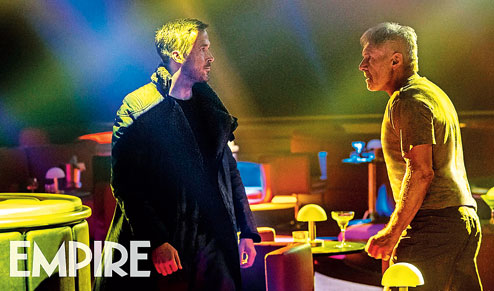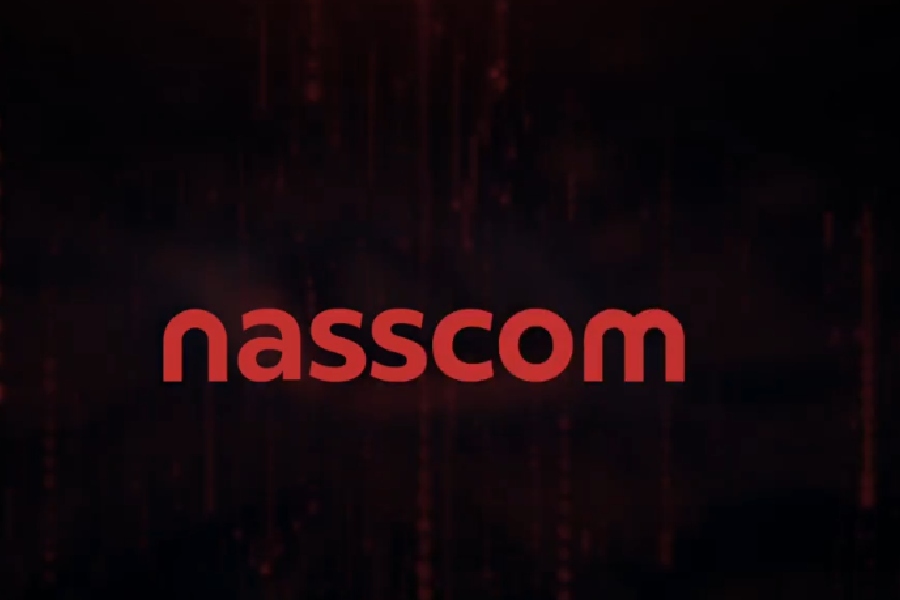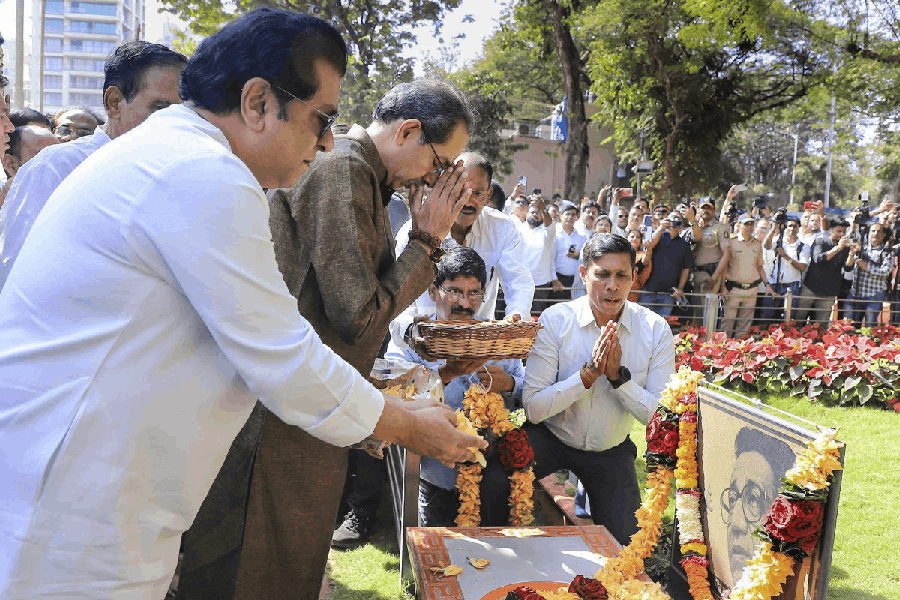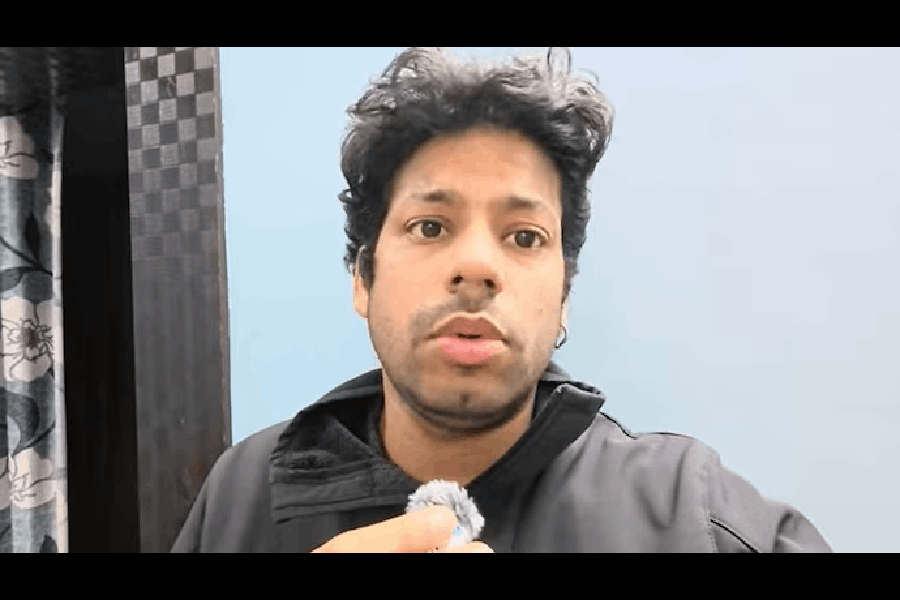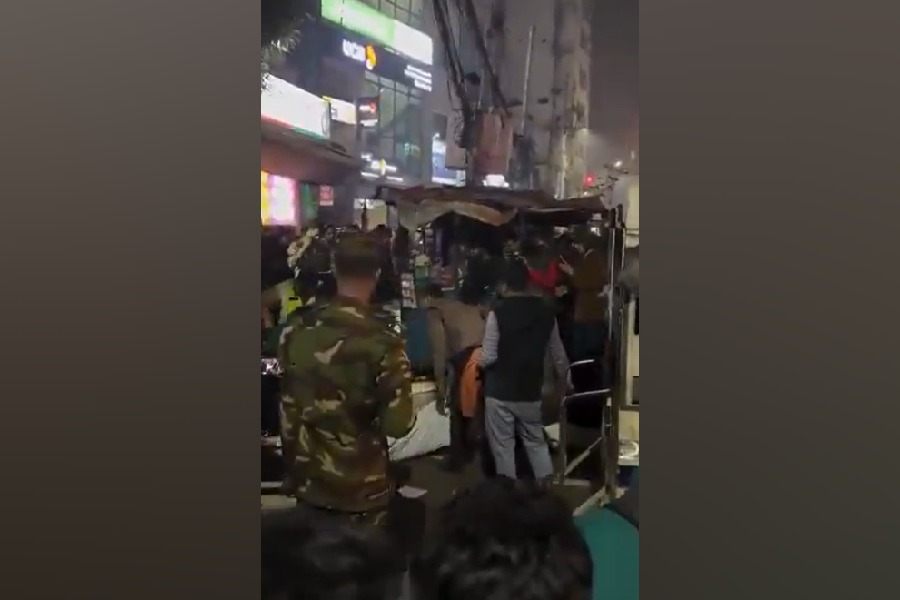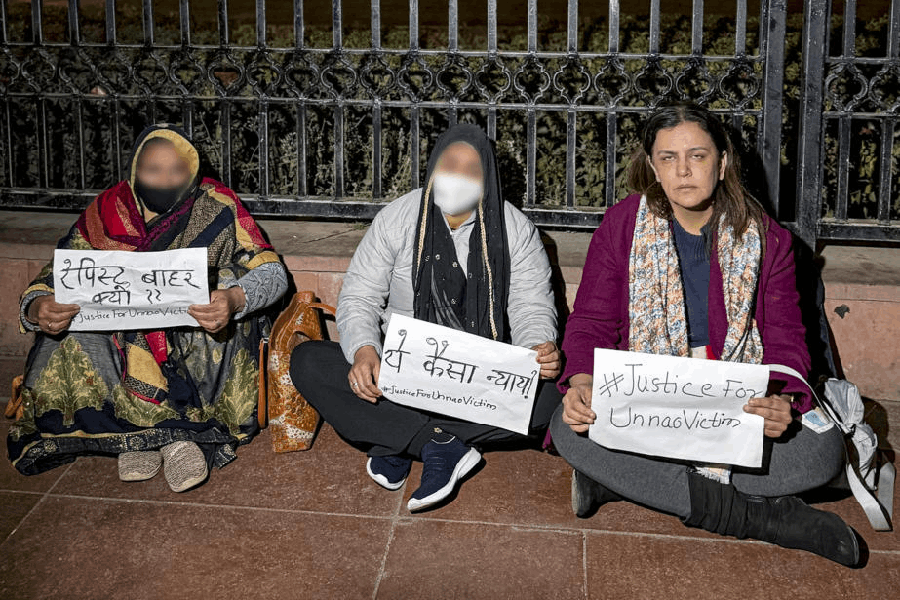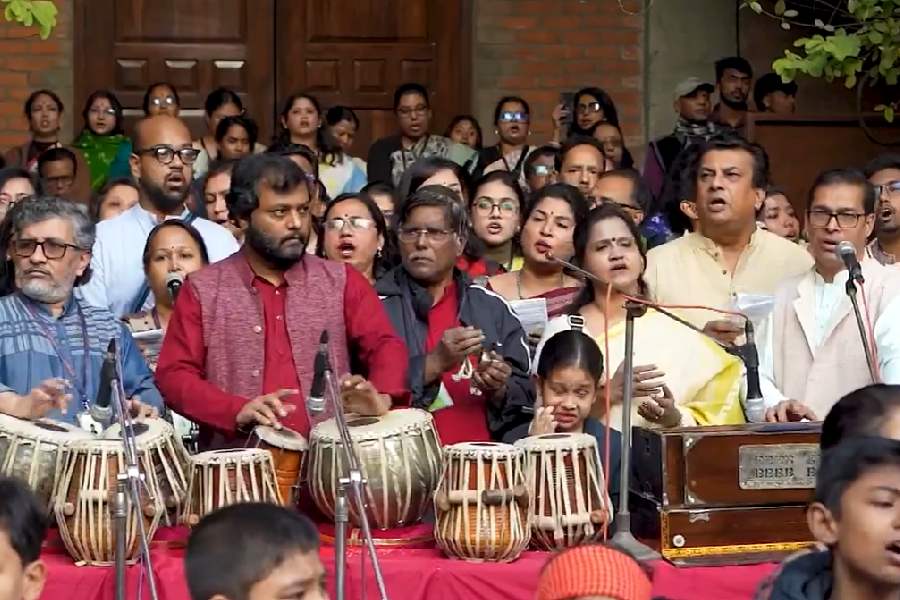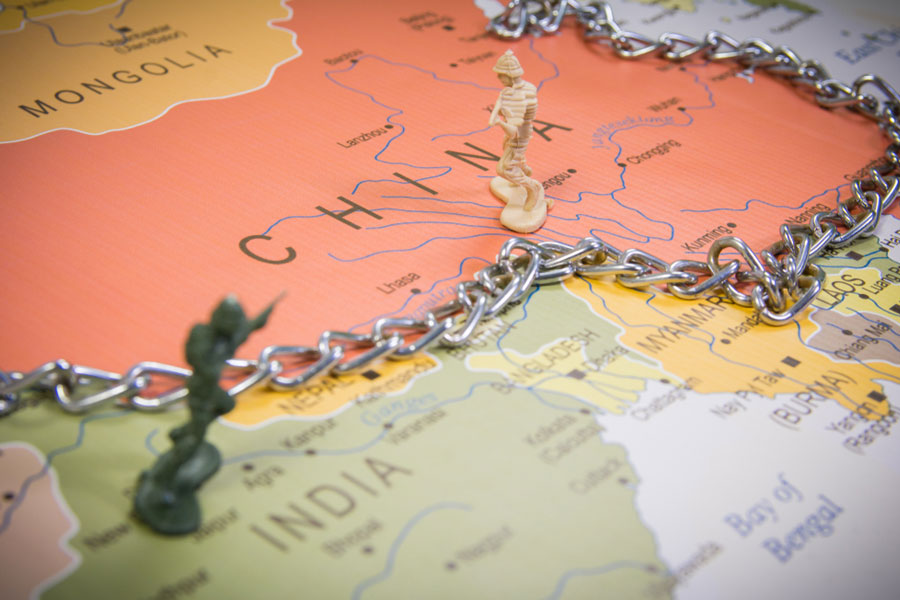
One of my major regrets, as someone born in the early ’80s, was that I was a blip when Ridley Scott’s Blade Runner (1982) came out and I never got to watch the film on a big screen. But I did watch it multiple times over the next three decades — and almost all its versions, but mainly the Final Cut one — and can say, without a doubt, it is one of my favourite movies.
Its ambiguity, ambience and themes were what made it a favourite as did the fact that Harrison Ford, who I had been in love with ever since he played the lovable rogue Indiana Jones (which I saw first) and then lovable rogue Han Solo, was in it.
Is it any wonder then that it was with equal parts trepidation and anticipation that I heard a sequel announced? As more details came out about Blade Runner 2049, the trepidation increased. Ridley Scott pretty much screwed up Alien and Aliens with Prometheus, which didn’t bode too well, even if he was just executive producing this one. Then there was the fact that Ryan Gosling was slated to play the protagonist, and call me a “f**king skinjob (non-geek translation: a slang used to refer to Replicants in Blade Runner)” but I think Gosling is grossly overrated — both as an actor and as a looker.
But the fact that Denis Villeneuve, whose Arrival was one of the best films I had seen last year, was directing Blade Runner 2049 and Ford was coming back to play Rick Deckard, kind of balanced the scales. And now, I can vouch that it is not only a worthy sequel but can actually hold its own against the towering cult status of the original.
The visuals
I can’t say enough about how glad I am to have caught 2049 on the big screen. This is a film that needs to be experienced on a big screen, preferably in 3D. The film is, in one word, gorgeous. From the neon-lit, dark, rain-drenched cityscape of a dystopian Los Angeles to the eerily orange daylight vistas of a deserted Las Vegas, Roger Deakins’s cinematography will leave you awestruck. If he doesn’t win the Oscar for this then there is something wrong with the world.
One of my favourite scenes, at least to experience, would be the crowded marketplace/ city street with giant holographic dancing girls advertising products where Ryan Gosling’s K — a Replicant (non-geek translation: a bioengineered non-human) ‘blade runner’ who retires (non-geek translation: puts out of commission or kills) older Tyrell corporation (non-geek translation: the company which created Replicants in the original film) versions of Replicants — is sitting and looking at photographs.
Then again there is that first look at Las Vegas with its orange haze and towering statues. Or that last scene of K, aka Joe, lying on the stairs in softly falling snow.
Yes, the movie looks that good.
The familiar
It would be wrong to say that I did not look for resonances of the original film, and I wasn’t disappointed.
One of the first familiar things, something we’ve seen in the trailers as well, is the sight of K’s spinner (non-geek translation: a car that works as a ground car and can fly through air) zooming past giant neon signs in LA.
The neon signs themselves, a symbol of a world overtaken by corporations, have many familiar sights, from the Coca Cola advert to the Pan-Am and Atari ones.
The eyes and eyeballs are still as important in terms of identifying a Replicant, but in Blade Runner 2049 there is also a baseline test done with lines from Vladimir Nabokov’s novel Pale Fire, which establishes stability of a Replicant.
There is, of course, Ford’s Rick Deckard, the original blade runner, and it is good to see that he is still drinking whisky.
There are some other cameos too. There is the one of Gaff, the bane of Deckard’s existence in the original, and his origamy skills (is that a sheep he makes in this film? Is it a reference to Philip K. Dick’s Do Androids Dream of Electric Sheep? which Blade Runner is based on?), a pretty useless cameo, that tips more into the fan-pandering sphere.
The Rachael cameo was a shocker because I can’t get over how they made her so ‘original’. She is created by Niander Wallace (Jared Leto) as a reward for Deckard’s cooperation though it doesn’t really work.
The new
While every nod to the original shows the filmmaker’s love for the original it is never a slavish emulation and has plenty to offer on its own.
One of the first things that strike you about Blade Runner 2049 is that while the original made you think, this one makes you feel too. It wasn’t easy to feel for Deckard in the original, as he was often a bit of an ass****, and he used the Replicants instead of emotionally connecting with them; after all they were androids.
But some of the most touching moments of this film really come from K’s relationship with his personal hologram Joi (she dresses and behaves depending on K’s moods), and when contrasted with his dealings with humans raises the question about whether machines/ technology/ non-humans could be more humane than humans.
Gosling is the perfect fit for the role with his deadpan, expressionless face and the hint of a smile, as he searches for a miracle (a child born of Deckard and the Replicant Rachael) and at the same time for his purpose and place in the world.
If you are thinking this is one of those “chosen one” plots where Gosling’s K will save the world, think again. The minute you start thinking may be K is Deckard’s child, and will save the future of the Replicants, Villeneuve pulls the rug from under your feet. He isn’t. K isn’t special like he wanted to be, as Joi told him he was. He was ordinary. But even ordinary people have a role to play, even if it is just putting one piece of the puzzle together, rather than saving the whole world.
Ford is a treat to watch and the film would have been worth it just for him alone. For the first time in years Ford is not an just an icon — Indiana Jones in India Jones and the Kingdom of the Crystal Skull or Han Solo in Star Wars: The Force Awakens — but an actor who makes watching the film a joy. Fighting, cribbing, resisting, even vulnerable Ford brings in a gamut of aspects to the character.
The one new thing that bothers me about the film is Jared Leto, who feels like the weakest link performance-wise, trumped even by an excellent Robin Wright as Lieutenant Joshi and Sylvia Hoeks as antagonist Luv.
The questions
The question that became as cult as the original film was whether Deckard was a Replicant or not and this one adds fuel to the fire. In one scene, Wallace asks Deckard if he’s ever considered that he was programmed to be drawn to Rachael but there is no answer once again. And the debate continues.
There are of course the thematic questions that the film raises, not just the question of mortality like the first did but of memories, identity and humanity.
There are some plot-point questions — how did Wallace know about the miracle child? Is the child fully Replicant of half-Replicant? Why did Wallace, who seems to know everything, miss Ana Stelline, who works for him, as Deckard’s daughter? Is it Ana’s special DNA that makes her immunity weak?
Then there is that question about whether it is better than the original. Well, I need to watch it a couple of times more before I can make up my mind on that.
Chandreyee Chatterjee

